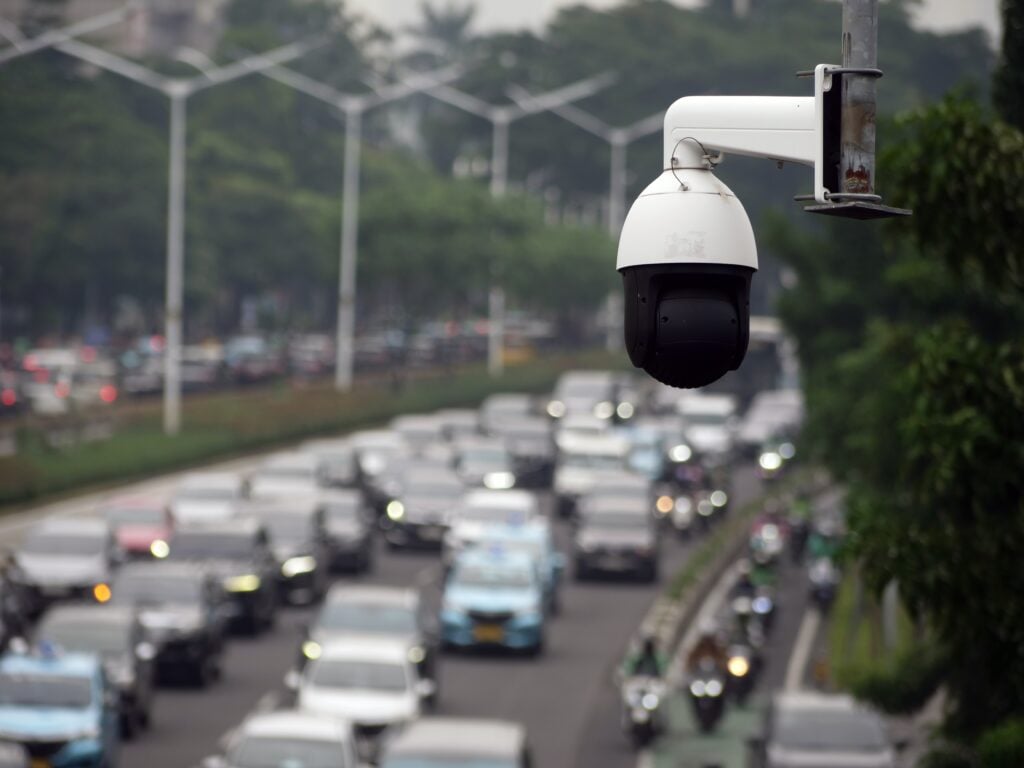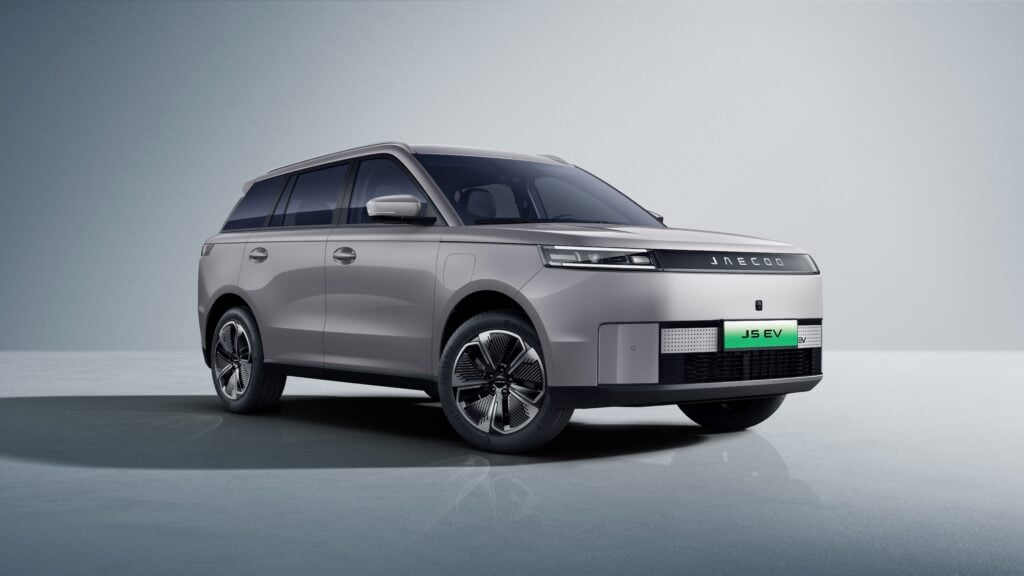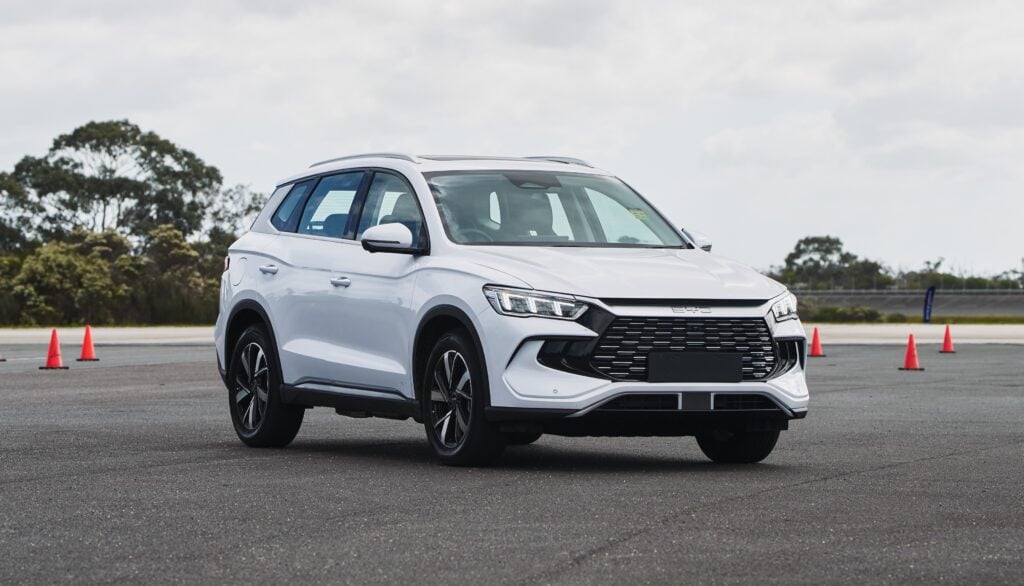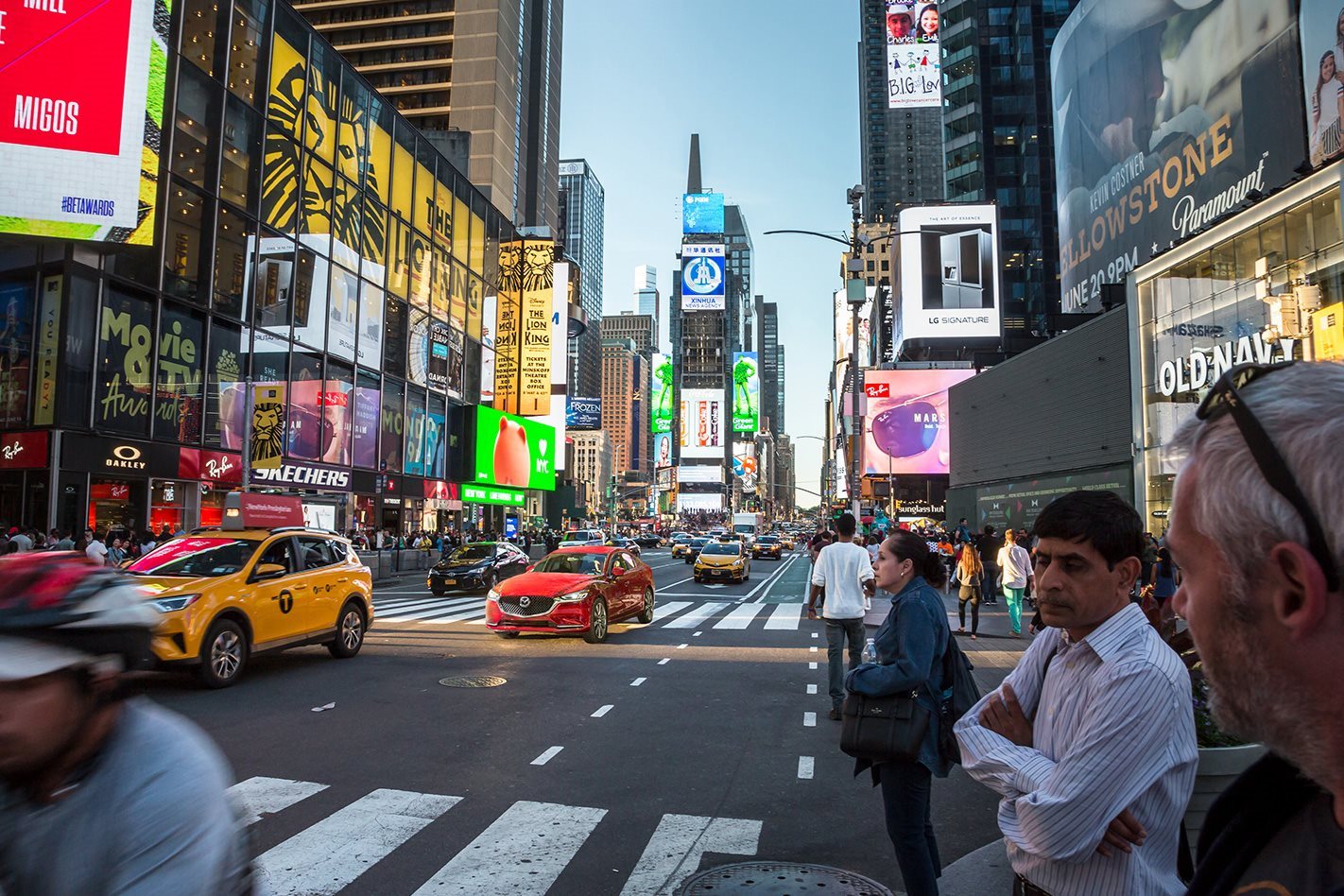
New York is set to become the second state in the US to impose a future on ban the sale of internal combustion engined vehicles, following on from the example set by California.
State Governor Kathy Hochul signed a bill earlier this week which will require 100 per cent of vehicle sales by 2035 to come from zero emissions vehicles, effectively eradicating ICEs from passenger vehicles in the area – while a mandate for heavy vehicles likely won’t be introduced until 2045.
While manufacturers such as Rivian, Lucid, Fisker and Tesla already provide an all-electric model line-up, the ‘Big Three’ of Ford and Dodge haven’t made specific committed to a date they were transition to an EV future – leaving only GM which has said it won’t produce light duty ICE vehicles by 2035.

However, President Joe Biden is keen for US manufacturers to accelerate the move to EVs, recently asking the Big Three to pledge to reach a target of 50 per cent EV sales by 2030 – although push back from the industry has potentially lowered the target to 40 per cent.
The European Union has recently table a proposal to ban the sale of ICE vehicles by 2035, while the UK has already introduced measures to stop new vehicles being produced from 2030.
Australia is currently lagging behind the rest of the world with regards to zero emissions vehicles, having not yet introduced a roadmap to move away from ICEs and not yet offering a unified incentive package towards EVs.
We recommend
-
 News
NewsJoe Biden wants carmakers to produce 40 per cent EVs by 2030
Voluntary pledge to be introduced as Biden administration aims to reduce carbon emissions
-
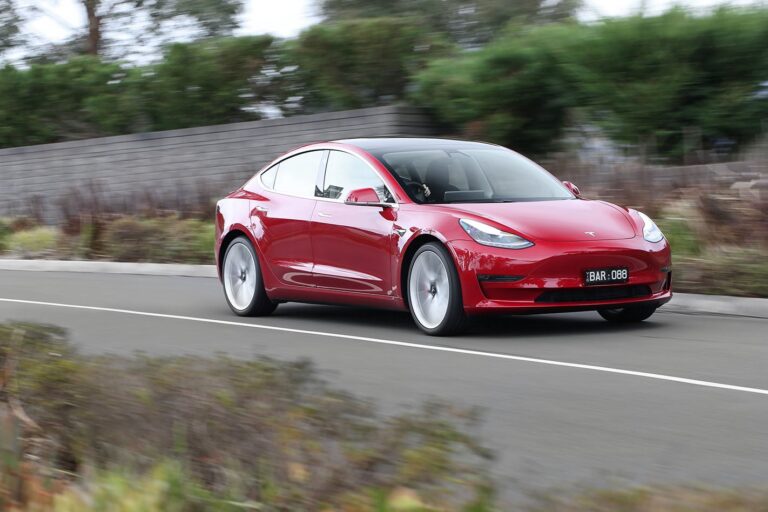 Features
FeaturesOpinion: Time, not laws, will make buying an EV inevitable
Instead of legislating a ban on combustion cars, law makers just need to bide their time.
-
 News
NewsEU officially proposes ban of ICE vehicles from 2035
ICEs on notice ahead of proposed ban in 14 years
-
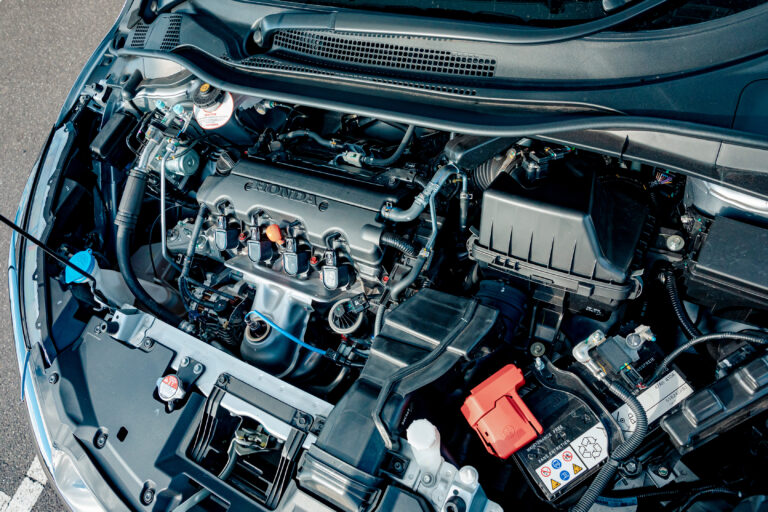 News
NewsAustralia needs to phase out ICE vehicles by 2035 to reach net zero by 2050 say experts
Grattan Institute report shows Australia needs to adopt EU ICE policy to reach net zero emissions goal by 2050


